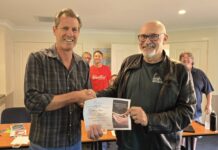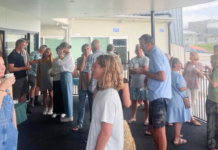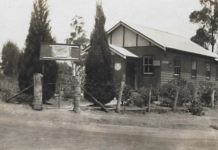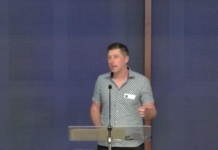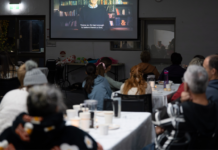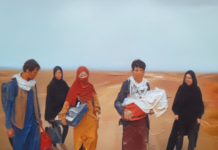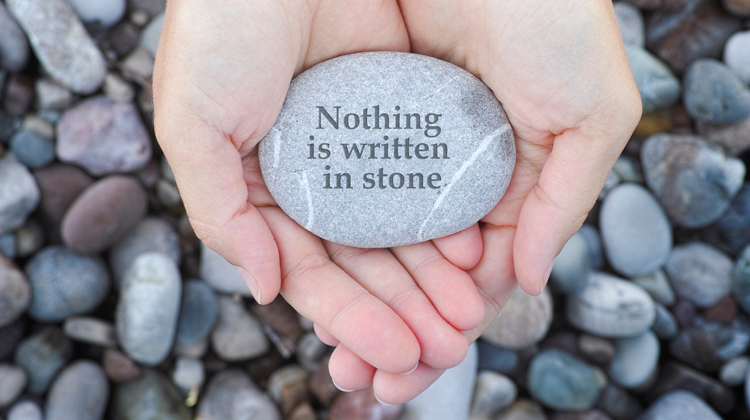Encountering the mystery and meaning of genuine community
Have you ever really experienced community? I mean real, honest, deep, mutually supportive community? We talk about it regularly! We speak about fellowship and service and care for one another. But how often do we experience it? And, to be frank, do we even really want it?
One of the great pleasures of working with both Global Interaction and the Plunge Gap Year Programme is the opportunity to expose students to the huge diversity of cultures on our doorstep. On these trips I challenge the students to look at their surrounds through ‘theological lenses’.
Almost every student reflects on the nature of together – and many for the first time begin to grasp the deep mystery of the Trinitarian nature of God: that we are made in the image of the One who is always in Community.
The observation and experience of the power of community occurs in two distinct ways:
Firstly they see the depth of connection and mutuality in the communities they visit.
Several years ago we visited a small village in northern Thailand where an older woman had recently died. We were invited to her funeral – a process that took several days. It included a great deal of eating, chanting, a procession with the coffin through several surrounding villages, a long Buddhist ceremony and finally an outdoor cremation including the funeral pyre being lit via an intricately fused firework rocket!
It was an astonishing example of a community coming together to grieve a death and celebrate a life.
This single event proved the highlight of the trip for the Plunge Team and me. We saw community in a new way.
The second observation and experience of community is within the group itself.
Cross-cultural trips stretch people. Regular comforts are left behind. People get sick. Food tastes different. The chaos of Asia can be asphyxiating.
Consistently students reflect on their sense that a blindfold has been taken from their eyes and that they are seeing for the first time: We don’t always like each other, but we actually need each other. Groups experience genuine grief as their trip winds up and they head back to Australia.
Mission leader and cross-cultural worker Steve Richardson1 speaks of this in relation to team dimensions:
In a first dimension team people identify with the group because of a shared organisational or geographical affinity. Members are individually task-focused and leaders wield authority hierarchically. The team is a framework for each person to achieve his or her individual goals. For example, members of the Australian Olympic swim team wear the same uniform, but compete independently.
In a second dimension team, members are committed to common strategies and goals. They are interdependently task-focused and work out their shared priorities and strategies. For example, the Australian cricket team wear the same uniform and work together to win the series (hopefully).
Third dimension teams have an added element: deep commitment to the development and health of one another. Care for each other is not a means to a greater end, it is in itself a genuine goal. Leaders train and equip people with skills to do the job, as well as implementing strategies to develop them as people. Team members know each other so well, they can predict each other’s moves and adapt to new situations.
We make it a priority of our Global Exposure Trips to intentionally create an environment where Third Dimension Teams can develop.
It is very clear to us that the close community that Jesus developed around himself operated as a Third Dimension Team. It is also clear that the early Church struggled to hold on to these ideals as it grew and encountered new challenges such as culture, class and moral relativity.
In our culture these challenges are still present as well as a rampant and rarely critiqued narcissism.
Our Churches must be prophetic voices and communities that reflect God’s relational commitment and character.
But do you really want it?

